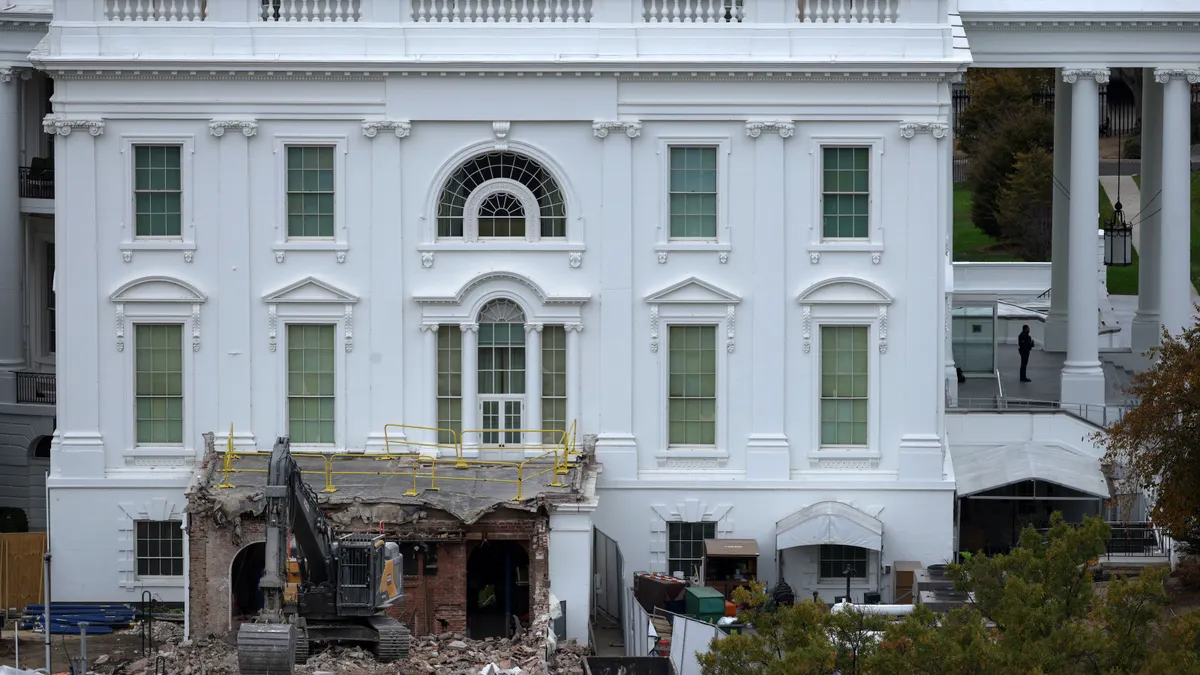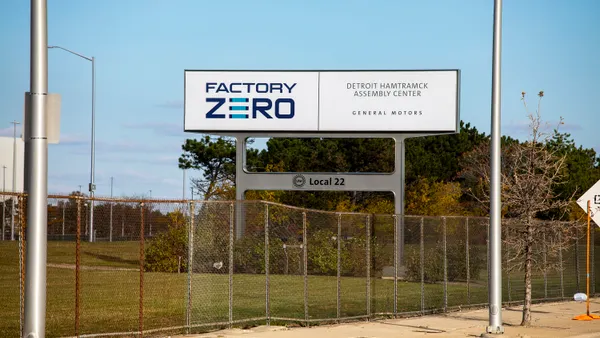Dive Brief:
-
More than half of residential and commercial properties in Houston at high or moderate risk of flooding are not in the Federal Emergency Management Agency's Special Flood Hazard Areas, according to CoreLogic. Properties outside those zones don't need flood insurance, meaning many flood victims will have to foot the cost of Hurricane Harvey repair bills themselves.
-
Meanwhile, those who sustained flood damage from Harvey and who are insured through the National Flood Insurance Program (NFIP) could see a delay in payment of claims if Congress draws out the NFIP's reauthorization due to debate over program parameters, according to Curbed.
-
Less than two weeks before Harvey, President Donald Trump rolled back the Obama-era Federal Flood Risk Management Standard that required federally funded construction in flood-prone areas to be built to higher resilience standards. That has some concerned about how the area will handle rebuilding, Business Insider reported.
Dive Insight:
Even after massive flooding events, like those that accompanied Hurricane Sandy in 2012, residents and even state and local officials often resist changes to building codes that could cost them more money.
In response to the destruction wrought by Sandy, FEMA proposed that most construction projects using federal funds be built 2 feet above the 100-year floodplain, with the exception of hospitals and other "critical action" projects that must be built 3 feet above the floodplain. These measures were the ones tossed out by Trump in the days leading up to Harvey.
When FEMA's floodplain maps were redrawn after Sandy, communities that were added to vulnerable zones as a result pushed back. New York City officials devised their own mapping system, which resulted in about 26,000 structures and 170,000 residents being removed from flood zones. Properties in floodplains and with mortgages backed by federal funds must carry flood insurance, which is typically an addition to a homeowner's insurance policy and can be expensive depending on where the property is located.
Discounting extreme events like Harvey, University of Iowa researchers found that the risk of floods in the U.S. is rising in northern states and decreasing in southern and western states. Yet due to weather changes driven by climate change, including more intense storms and rising sea levels, coastal metros in particular are still at risk. Higher sea levels globally and limited urban resilience efforts could see large swaths of cities such as Miami and New Orleans submerged in the next 100 to 300 years.













